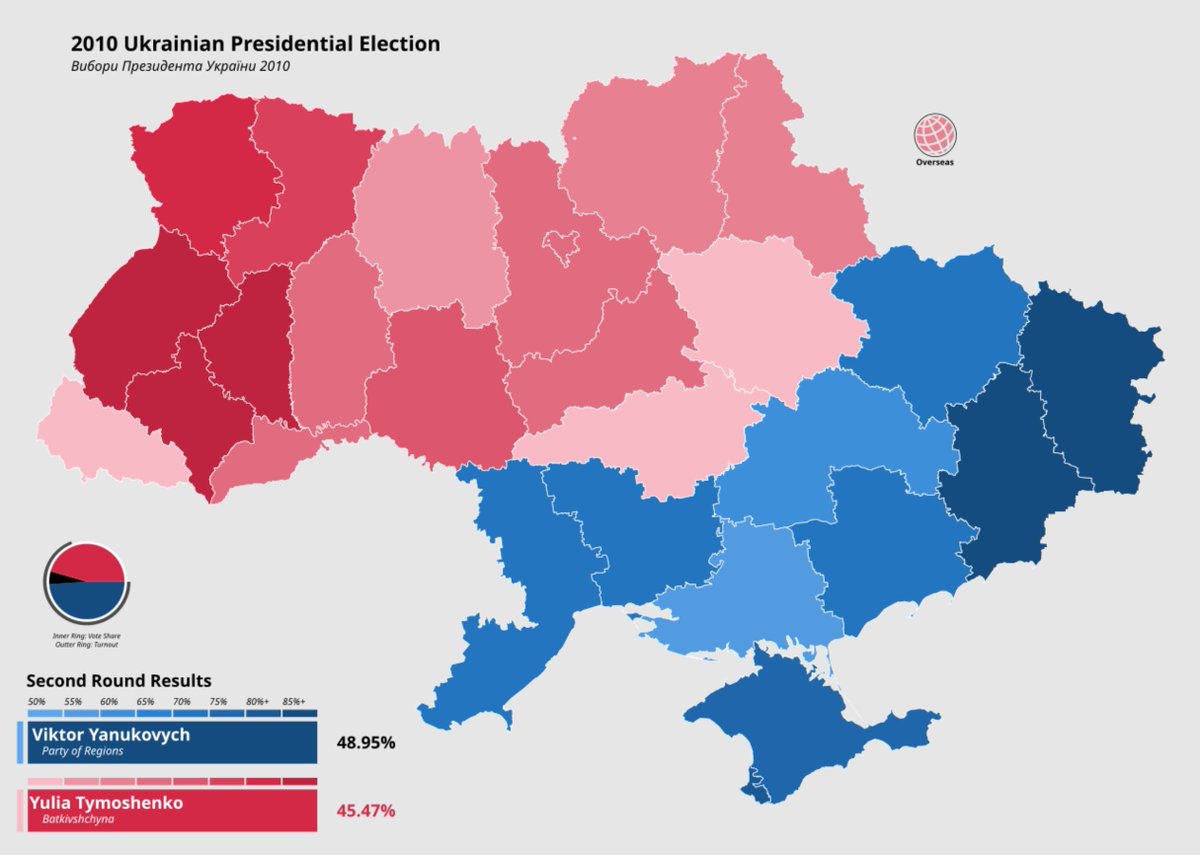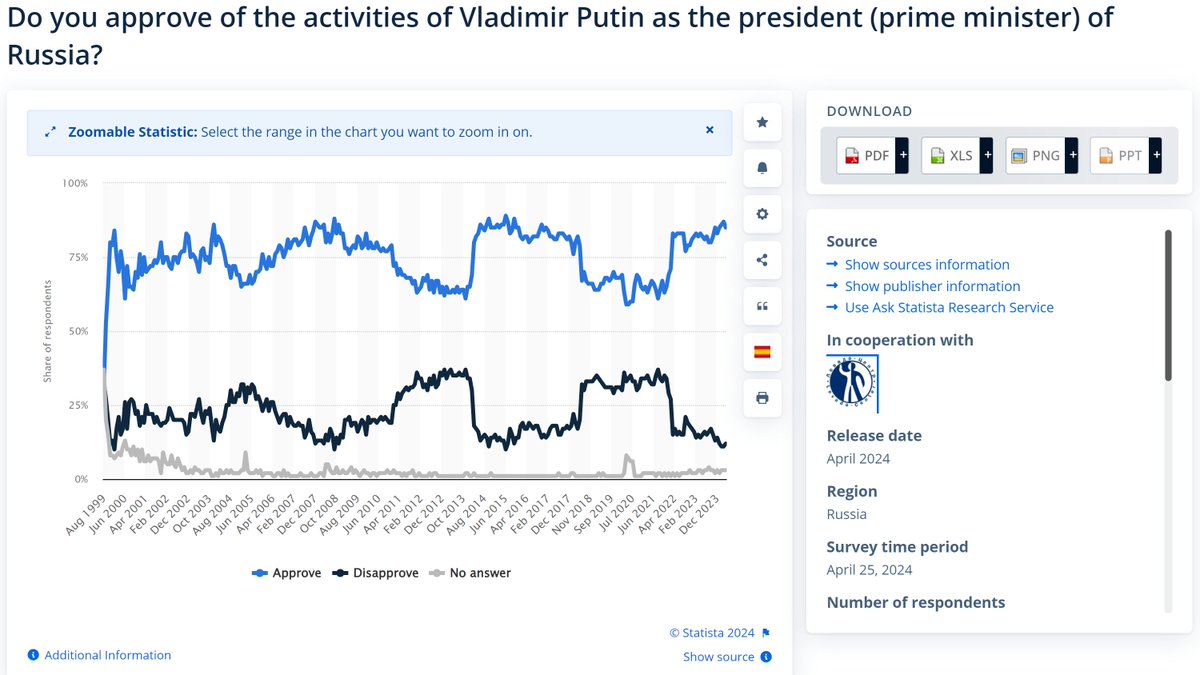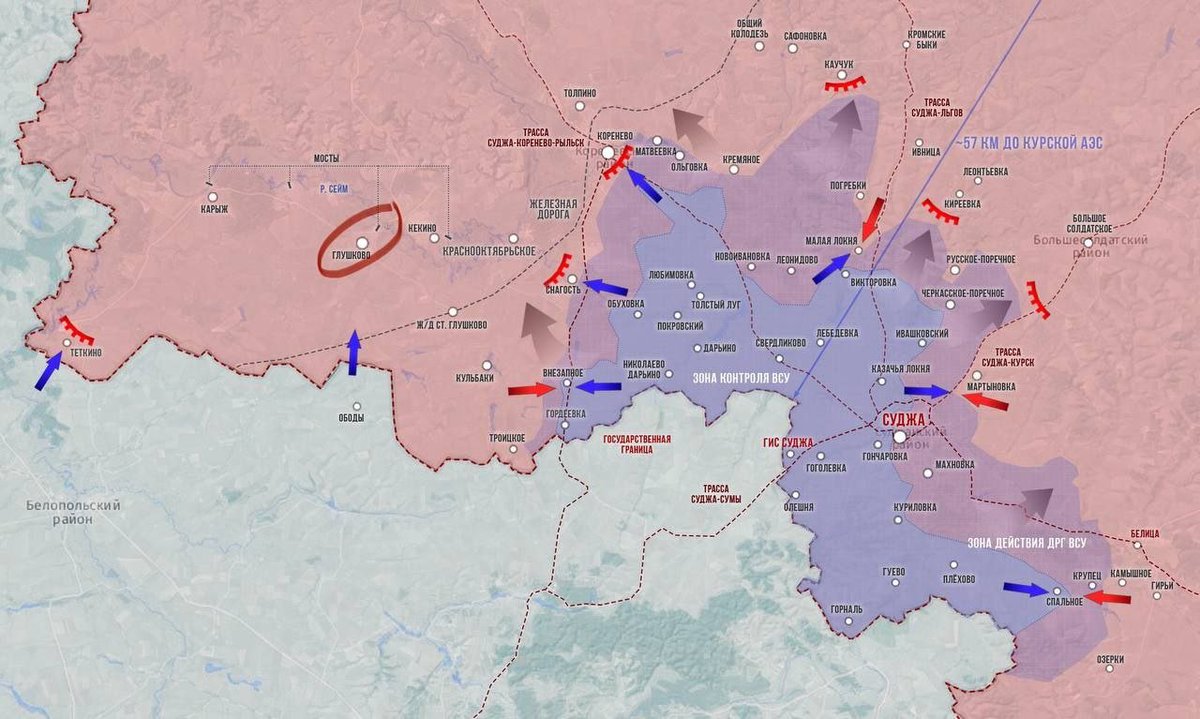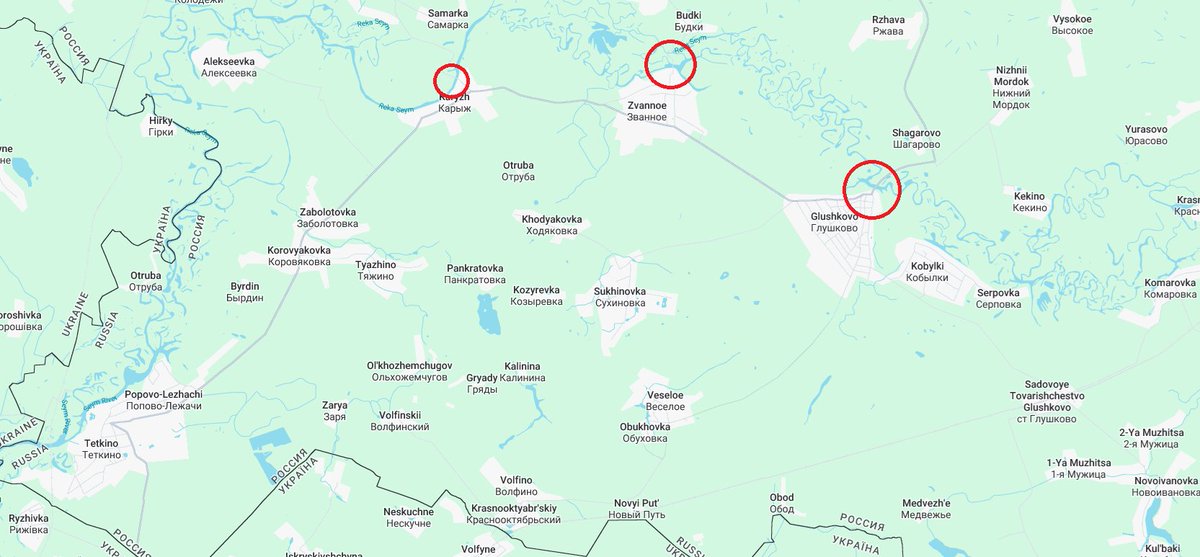The Battle of Bakhmut is over. It was one of the longest battles of the 21st century to date, and certainly the bloodiest.
Russia won. In doing so it destroyed much of the Ukrainian Army's combat power while buying time to generate forces for future offensives.
Russia won. In doing so it destroyed much of the Ukrainian Army's combat power while buying time to generate forces for future offensives.

How much of the Ukrainian Army's combat power?
The Grey Zone Telegram channel compiled a partial list of Ukrainian units reported in Bakhmut at some point during the nine-month battle.
This is something like a third of the AFU's order of battle. Losses were obviously extreme.
The Grey Zone Telegram channel compiled a partial list of Ukrainian units reported in Bakhmut at some point during the nine-month battle.
This is something like a third of the AFU's order of battle. Losses were obviously extreme.

Russian casualties were modest in comparison and, critically, largely occurred in an auxiliary formation that is not part of the regular Russian military - the Wagner Private Military Company, which bore the brunt of the fighting.
h/t Mediazona

h/t Mediazona


Ukrainian propagandists have begun predictably claiming that the battle somehow "bought time" for them to launch a strategic counteroffensive, which can be disproven with a pretty simple examination of the state of play:
Firstly, the Ukrainians already launched a multi-brigade counteroffensive in a failed attempt to retake the city, which failed with considerable losses and little ground taken.
Was that "the" counteroffensive? If they plan to attack elsewhere the lives of those men were wasted.
Was that "the" counteroffensive? If they plan to attack elsewhere the lives of those men were wasted.
There is a related talking point that the AFU only attacked with the brigades in the immediate area, which is very misleading - Ukrainian "brigades" are basically front-sector commands that constantly churn through combat battalions.
See @MNormanDavies' work.
See @MNormanDavies' work.
As such the actual question is how many battalions a given brigade had assigned to it at that time.
Also the order of battle for the Ukrainian attack was and remains extremely murky beyond the heavy participation of Azov, one of the AFU's premiere units.
Also the order of battle for the Ukrainian attack was and remains extremely murky beyond the heavy participation of Azov, one of the AFU's premiere units.
Similarly this makes the "AFU ORBAT" graphic above quite misleading - these units were not all packed into Bakhmut at the same time (as rather ridiculously shown on some maps) and mostly showed up as subordinate battalions to a handful of "resident" AFU brigades.
There is another talking point going around that the "Bakhmut counteroffensive" was only a small effort, which is facially ridiculous given the length of front attacked and reports of extremely heavy fighting.
I remind the reader the Russian MoD routinely sits on footage.
I remind the reader the Russian MoD routinely sits on footage.
They killed hundreds of Ukrainian commandos during an attempt to storm the Zaporozhe Nuclear Power Plant in October, released nothing, and let Ukraine claim no battle even took place for months until they admitted the loss recently.
thetimes.co.uk/article/ukrain…
thetimes.co.uk/article/ukrain…
And if you think the AFU hasn't suffered grievously during this war, I have a thread for you:
https://twitter.com/RadarFennec/status/1644089519551946753?s=20
Secondly, the massive Ukrainian commitment to Bakhmut had an enormous cost in operations not undertaken elsewhere.
Remember the great Ukrainian winter offensive in Zaporozhe that never happened? I do. Those troops were fed into Bakhmut.
Remember the great Ukrainian winter offensive in Zaporozhe that never happened? I do. Those troops were fed into Bakhmut.
AFU attrition over the fall and winter was so bad that NATO had to build them another army from the ground up - one larger than that of the United Kingdom - and they may have already lost a significant amount of that force.
Many of those losses were suffered in Bakhmut.
Many of those losses were suffered in Bakhmut.
Third and related to the above, Ukraine deployed its regular army to the failed attempt to hold Bakhmut. Russia sent in the Wagner PMC.
The AFU was decimated by the battle, while the Russian Army is not only intact but has used this time to generate substantial new forces.



The AFU was decimated by the battle, while the Russian Army is not only intact but has used this time to generate substantial new forces.



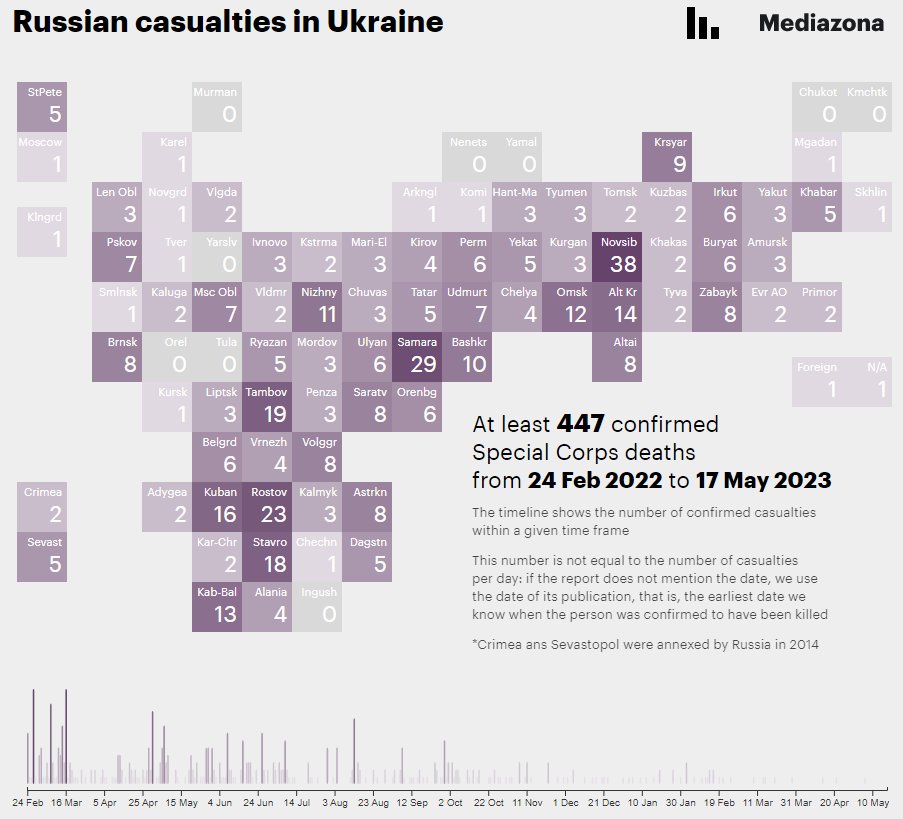
This was even acknowledged by pro-Ukrainian commentators at some points, along the lines of "Ukraine is losing its army and Russia is losing its prison population."
After spending the last ten months largely on the defensive (there was no Russian winter offensive), and with limited prospects for another large Ukrainian offensive, the Russians are likely to attack in the near future.
Addendum: Why Bakhmut? Because it was the next town in front of the Russian Army after Lisichansk fell last July and the AFU reserves showed up in force to stabilize the front.
Great battles are often fought over obscure places.
Great battles are often fought over obscure places.
https://twitter.com/R0b0tSp1der/status/1660182797833875457?s=20
• • •
Missing some Tweet in this thread? You can try to
force a refresh














